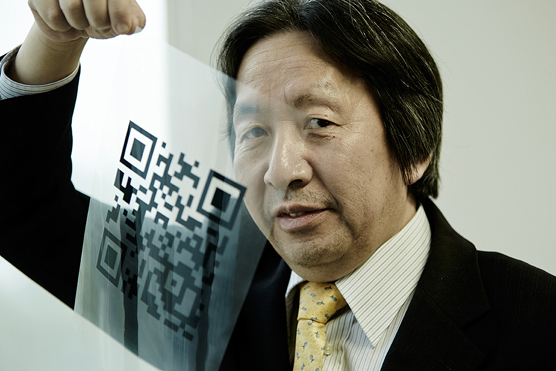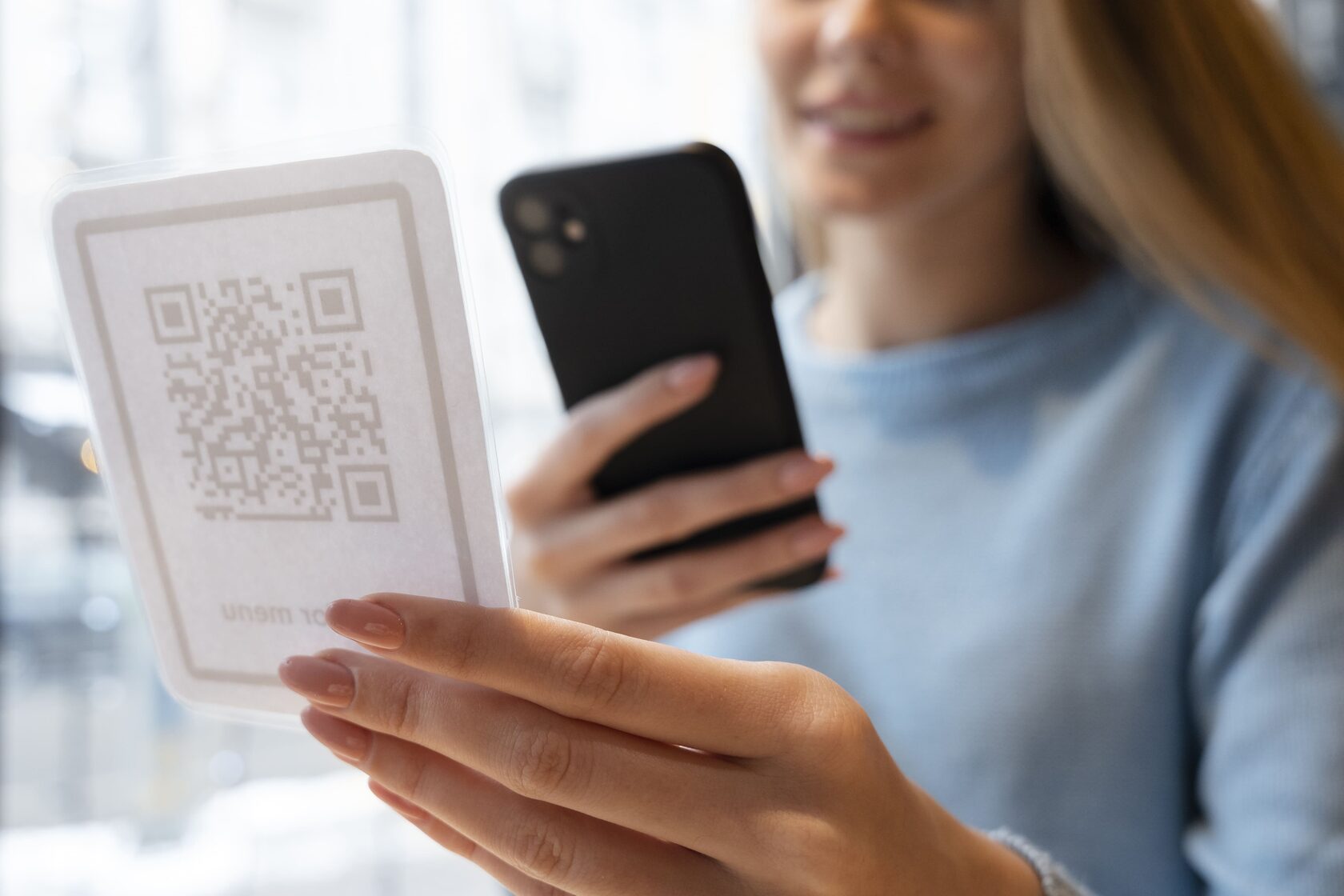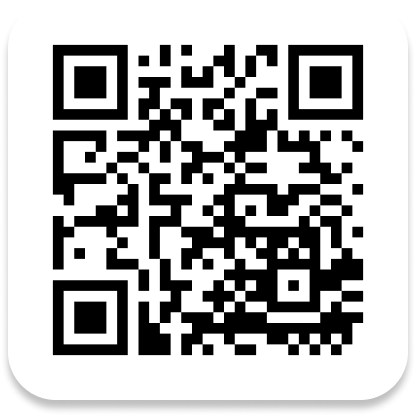The QR Code as a Response to the Times
In the 1960s, as Japan entered a period of rapid economic growth, supermarkets offering a wide range of products from food to clothing began to appear in many areas.
The cash registers used in these stores at that time required manual entry of prices. This led to many cashiers suffering from wrist numbness and carpal tunnel syndrome, desperately seeking a way to lighten their burden. The invention of the barcode became the solution to this problem. Subsequently, a Point of Sale (POS) system was developed, where the price of the product was automatically displayed on the cash register when the barcode on the packaging was scanned by an optical sensor, and the product information was simultaneously sent to the computer. However, as barcodes became widespread, their limitations became apparent. The most significant was that such a code could only contain about 20 alphanumeric characters of information.
The cash registers used in these stores at that time required manual entry of prices. This led to many cashiers suffering from wrist numbness and carpal tunnel syndrome, desperately seeking a way to lighten their burden. The invention of the barcode became the solution to this problem. Subsequently, a Point of Sale (POS) system was developed, where the price of the product was automatically displayed on the cash register when the barcode on the packaging was scanned by an optical sensor, and the product information was simultaneously sent to the computer. However, as barcodes became widespread, their limitations became apparent. The most significant was that such a code could only contain about 20 alphanumeric characters of information.

Recalling those days, Masahiro Hara, responsible for the development of the QR code, mentions that those involved in developing two-dimensional codes in other companies were obsessed with packing the maximum amount of information into their codes. In barcodes, information is encoded only in one direction (linearly, one-dimensionally). In contrast, two-dimensional codes can be read in two directions—horizontally and vertically.
Desiring to create a code that is easily scannable and capable of holding a large amount of information, Hara embarked on developing a new two-dimensional code with his partner.
The team aimed to make code scanning as fast as possible, leading Hara to the idea of adding positional information to the code, indicating its presence and the need to be scanned. This gave rise to the position detection pattern consisting of square markers. By incorporating these markers into the code, developers achieved swift scanning.
Desiring to create a code that is easily scannable and capable of holding a large amount of information, Hara embarked on developing a new two-dimensional code with his partner.
The team aimed to make code scanning as fast as possible, leading Hara to the idea of adding positional information to the code, indicating its presence and the need to be scanned. This gave rise to the position detection pattern consisting of square markers. By incorporating these markers into the code, developers achieved swift scanning.

But why did the markers become square instead of another shape?
According to Hara, "it was the least likely pattern for various business documents." If a position detection pattern is used in the code and a similar marker is nearby, the reader might mistakenly interpret it as part of the code. To avoid misreading, position detection patterns had to be truly unique. After careful consideration, they decided to conduct extensive research on the ratio of black and white areas in images and characters printed on flyers, cardboard boxes, magazines, etc. For days on end, studying countless examples of printed materials, they determined the least used ratio of black and white areas on printed products. This ratio was 1:1:3:1:1. Thus, they defined the width of black and white areas in the detection patterns and created a device that could determine the code's location regardless of the scanning angle.
A year and a half later, after numerous trials and failures, the QR code was created, capable of encoding around 7000 digits and 1006 kanji characters. This code not only could carry a substantial amount of information but could also be scanned more than 10 times faster than other codes.
You’ll find out more in the next part of this article. Meanwhile, we invite you to test the advantages of our digital QR business cards for free
A year and a half later, after numerous trials and failures, the QR code was created, capable of encoding around 7000 digits and 1006 kanji characters. This code not only could carry a substantial amount of information but could also be scanned more than 10 times faster than other codes.
You’ll find out more in the next part of this article. Meanwhile, we invite you to test the advantages of our digital QR business cards for free







